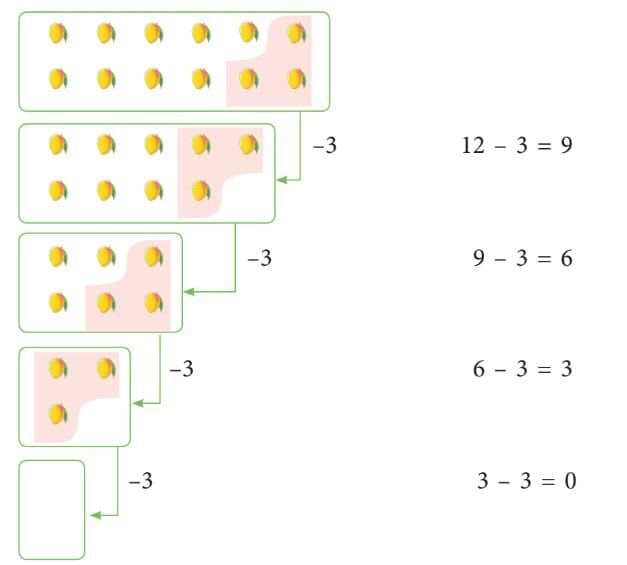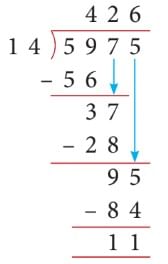Class 4 Exam > Class 4 Tests > Test: Equal Groups - Class 4 MCQ
Test: Equal Groups - Class 4 MCQ
Test Description
15 Questions MCQ Test - Test: Equal Groups
Test: Equal Groups for Class 4 2025 is part of Class 4 preparation. The Test: Equal Groups questions and answers have been prepared
according to the Class 4 exam syllabus.The Test: Equal Groups MCQs are made for Class 4 2025 Exam.
Find important definitions, questions, notes, meanings, examples, exercises, MCQs and online tests for Test: Equal Groups below.
Solutions of Test: Equal Groups questions in English are available as part of our course for Class 4 & Test: Equal Groups solutions in
Hindi for Class 4 course.
Download more important topics, notes, lectures and mock test series for Class 4 Exam by signing up for free. Attempt Test: Equal Groups | 15 questions in 20 minutes | Mock test for Class 4 preparation | Free important questions MCQ to study for Class 4 Exam | Download free PDF with solutions
Detailed Solution for Test: Equal Groups - Question 1
Test: Equal Groups - Question 2
Complete the pattern: 8000 ÷ 4 = 2000, _____ ÷ 40 = 200, 8000 ÷ 400 = _____, _____÷ 4000 = 2
Detailed Solution for Test: Equal Groups - Question 2
Test: Equal Groups - Question 3
How many total legs do 25 geese and 12 sheep have if each goose and sheep has 4 legs?
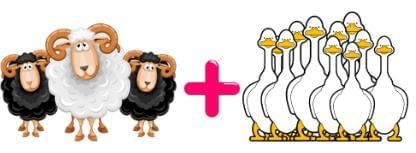

Detailed Solution for Test: Equal Groups - Question 3
Detailed Solution for Test: Equal Groups - Question 4
Test: Equal Groups - Question 5
In a division problem where 50 shuttlecocks are placed in boxes with 5 shuttlecocks each, how many boxes are needed?
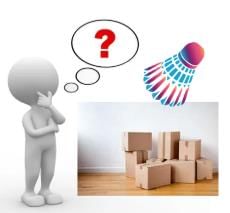
Detailed Solution for Test: Equal Groups - Question 5
Detailed Solution for Test: Equal Groups - Question 6
Test: Equal Groups - Question 7
If there are 88 legs from cows and each cow has 4 legs, how many cows are there?
Detailed Solution for Test: Equal Groups - Question 7
Test: Equal Groups - Question 8
Which of the following is true about the multiplication table rows?
Detailed Solution for Test: Equal Groups - Question 8
Detailed Solution for Test: Equal Groups - Question 9
Test: Equal Groups - Question 10
How many people will be on 200 bikes if each bike has 2 people?
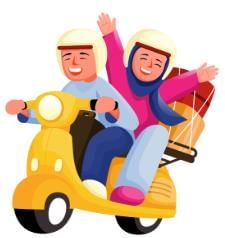
Detailed Solution for Test: Equal Groups - Question 10
Detailed Solution for Test: Equal Groups - Question 11
Detailed Solution for Test: Equal Groups - Question 12
Test: Equal Groups - Question 13
What digit will never appear in the ones place after doubling any whole number?
Detailed Solution for Test: Equal Groups - Question 13
Test: Equal Groups - Question 14
What is the outcome of dividing 5975 by 14, and what is the remainder?
Detailed Solution for Test: Equal Groups - Question 14
Detailed Solution for Test: Equal Groups - Question 15
Information about Test: Equal Groups Page
In this test you can find the Exam questions for Test: Equal Groups solved & explained in the simplest way possible.
Besides giving Questions and answers for Test: Equal Groups, EduRev gives you an ample number of Online tests for practice
Download as PDF




